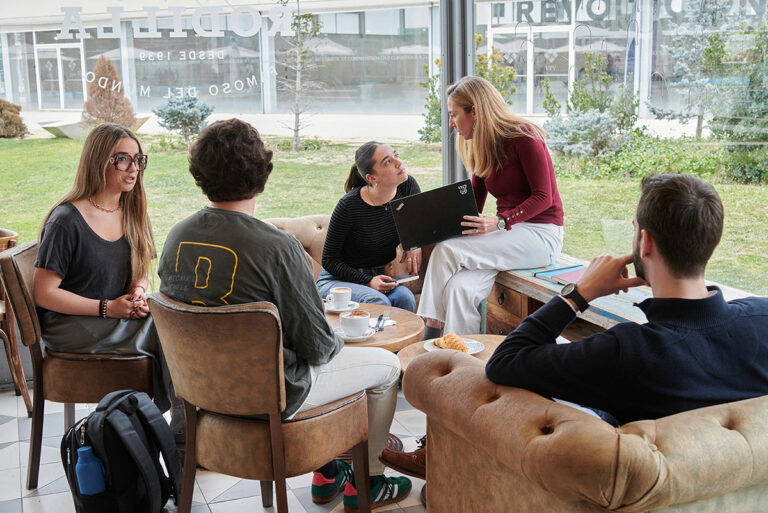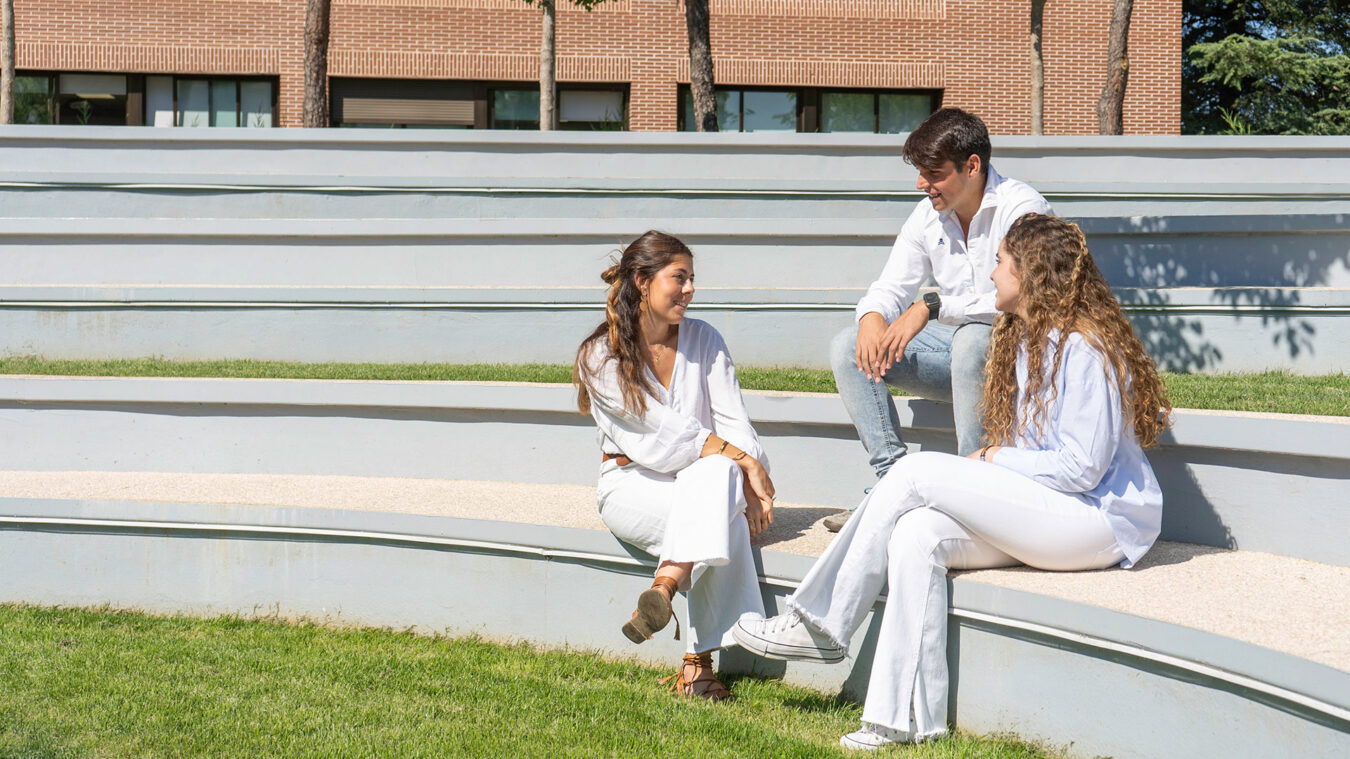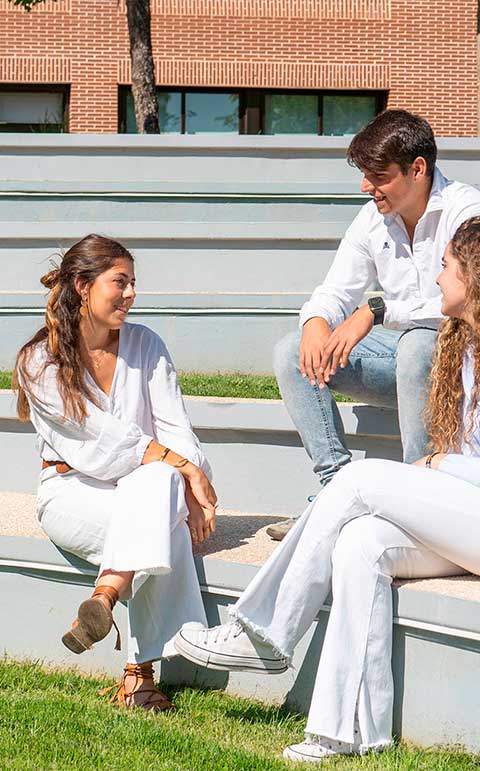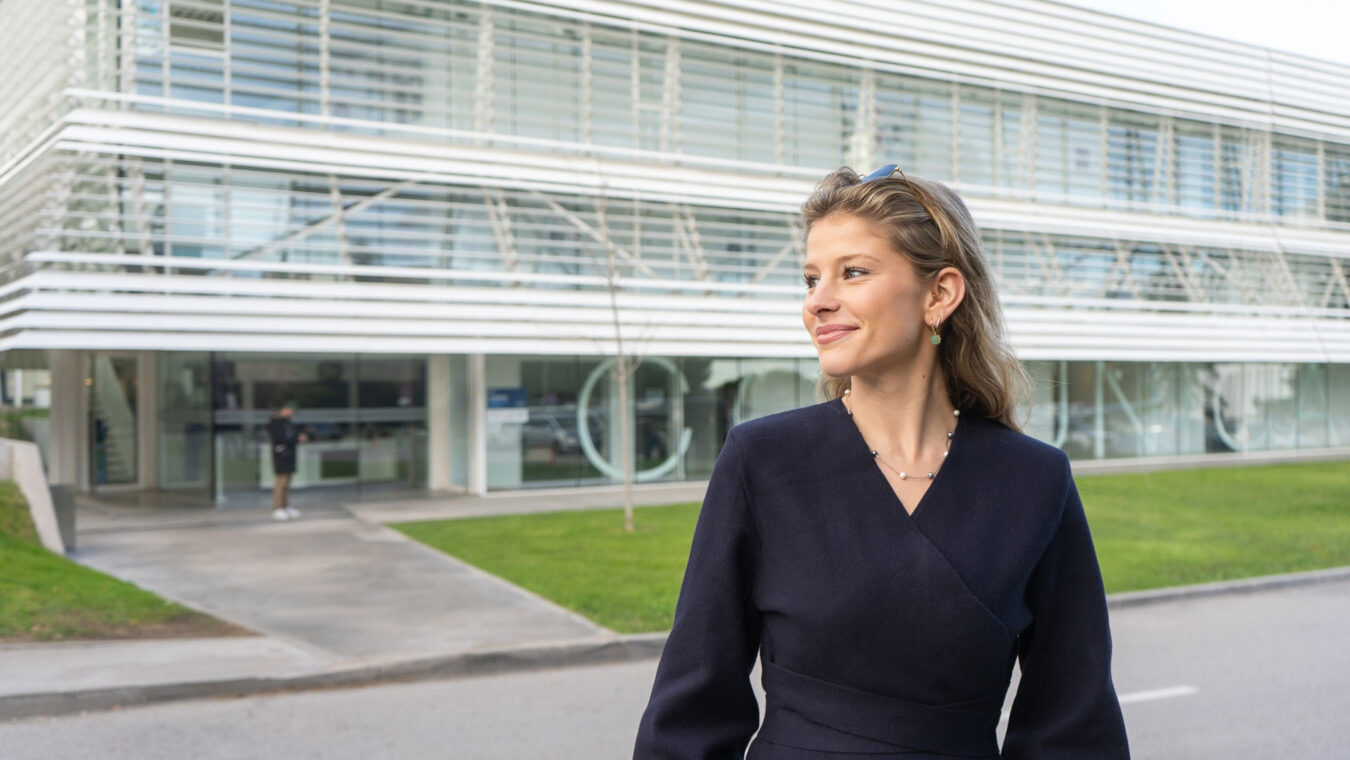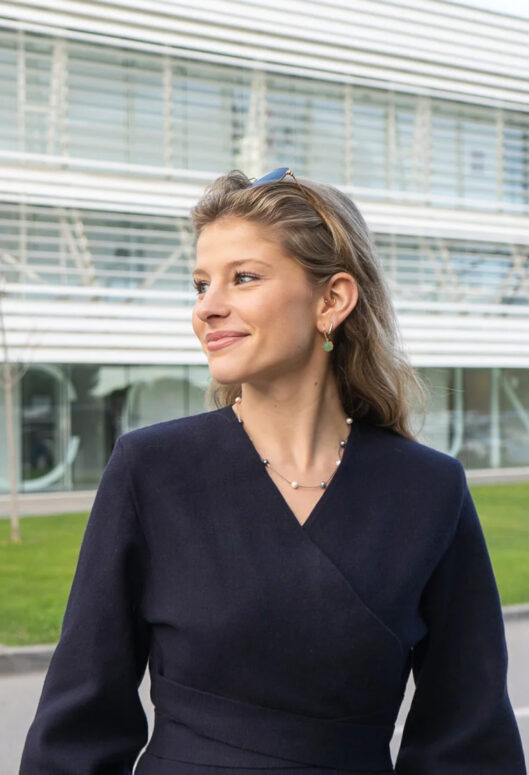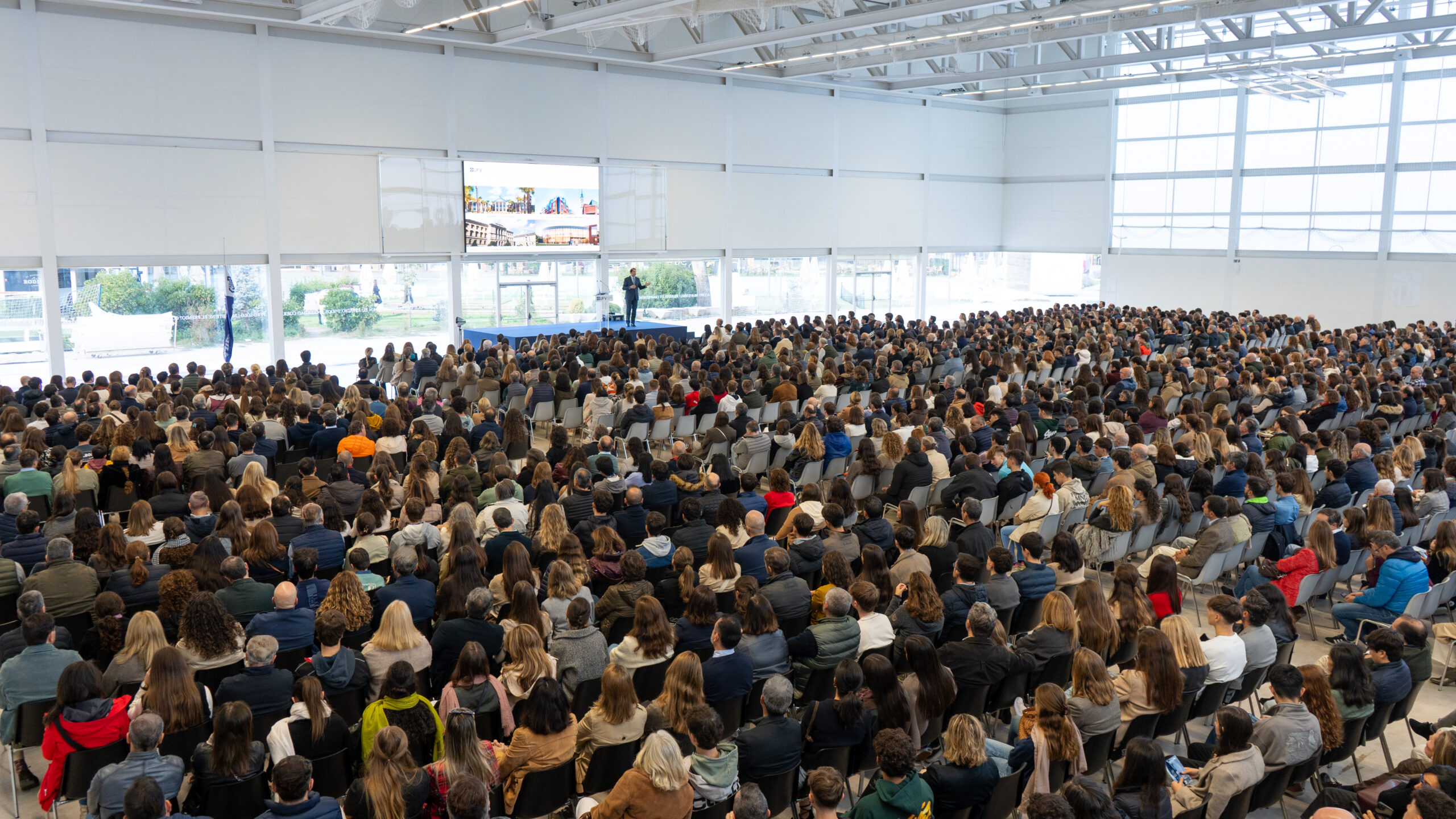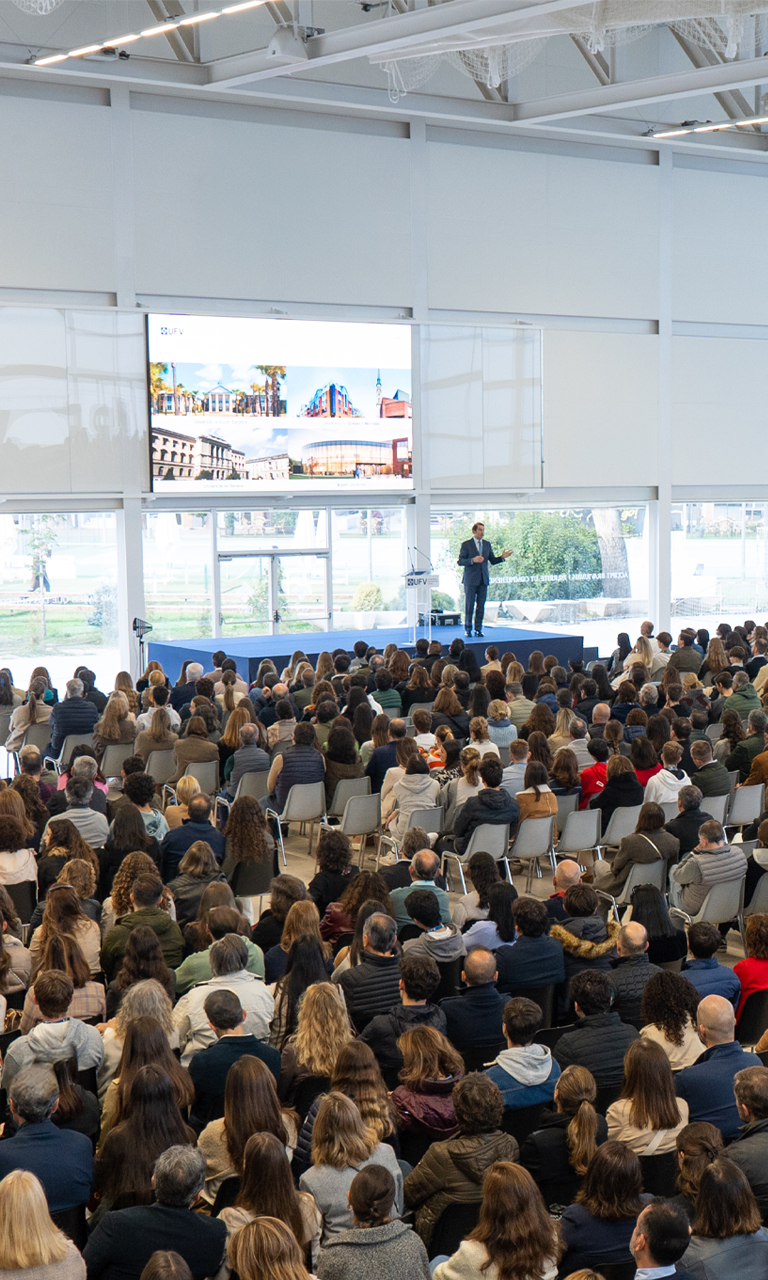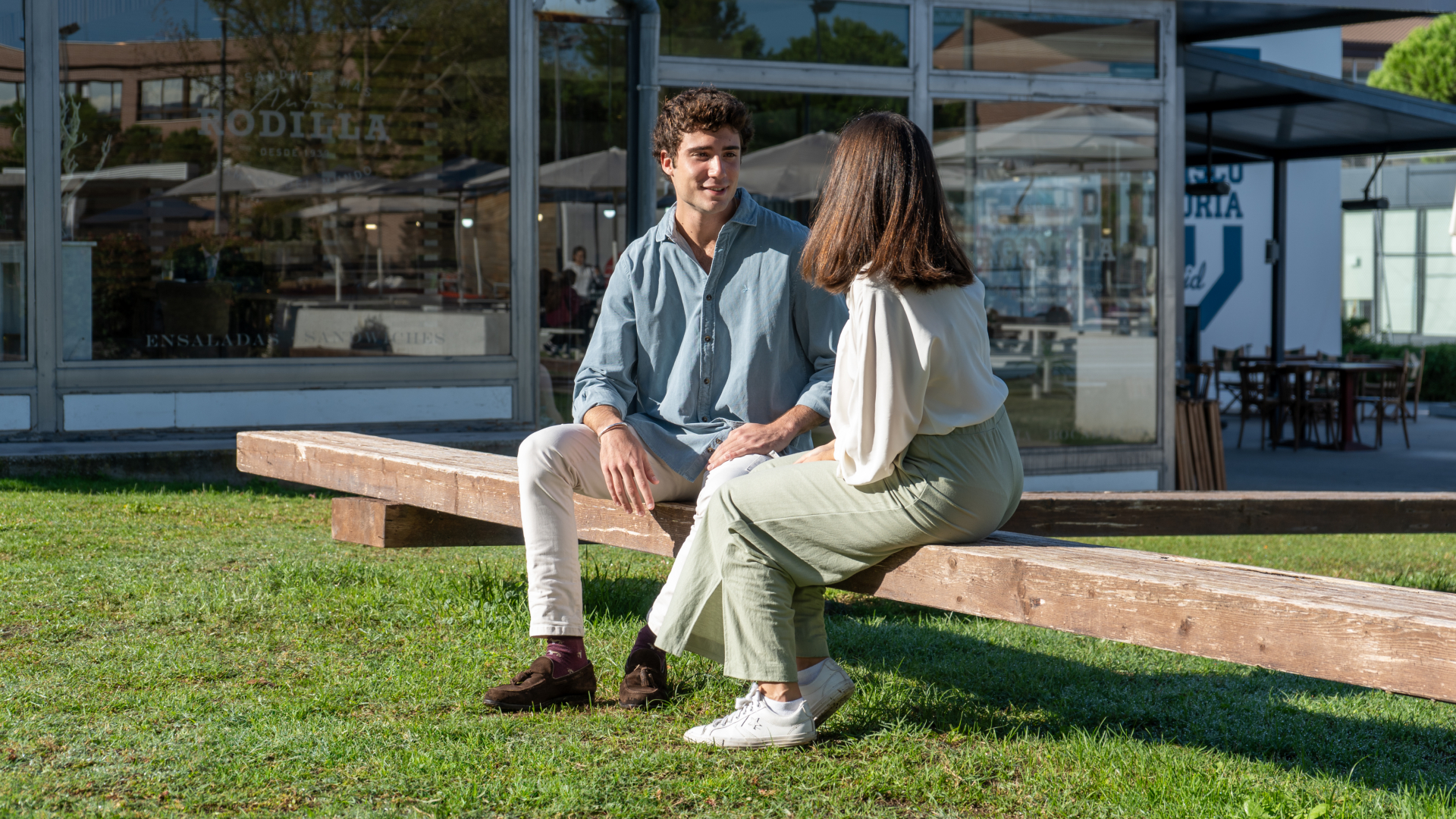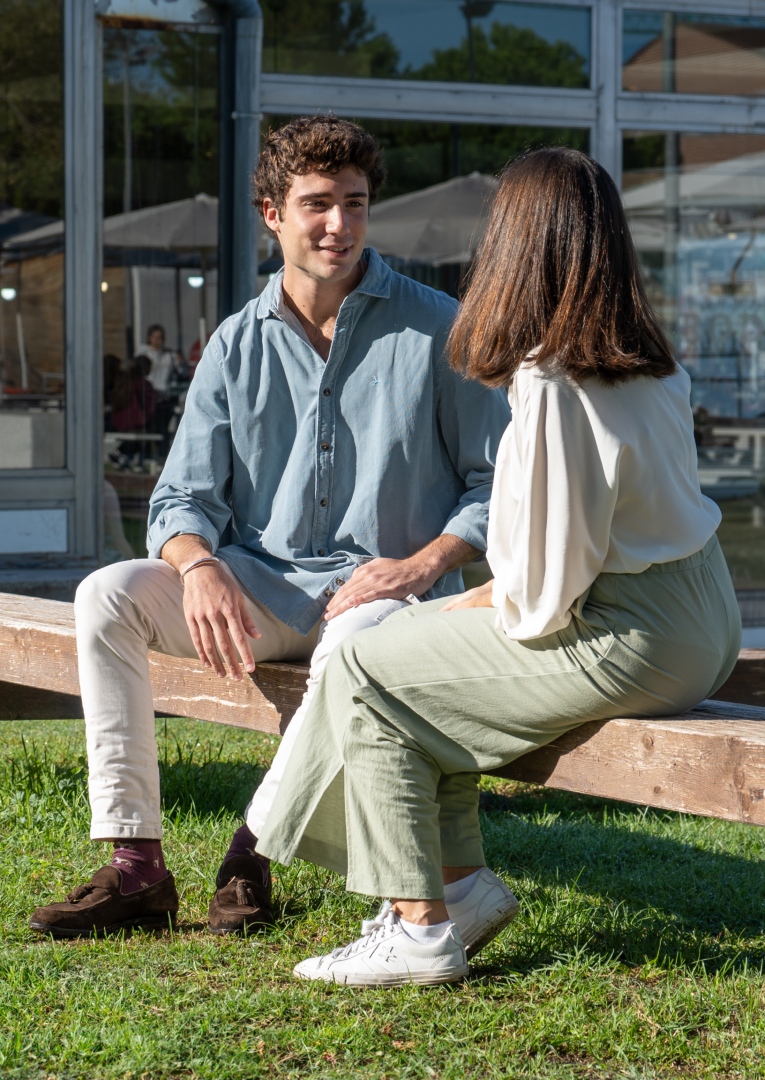Discover your path:
Join the HUMAN REVOLUTION
63 UNDERGRADUATE DEGREES
68 POSTGRADUATE DEGREES
28 VOCATIONAL TRAINING CYCLES
8 EXECUTIVE EDUCATION
Minds at work for a changing world
A commitment
that transcends numbers.
+20,000
STUDENTS PREPARED FOR A GREAT HUMAN REVOLUTION
+30%
STUDENTS WITH SCHOLARSHIPS
94%
EMPLOYABILITY
+190
INTERNATIONAL EXCHANGE AGREEMENTS
+116,800
HOURS OF VOLUNTEERING
+12,000
AGREEMENTS WITH COMPANIES AND INSTITUTIONS
EDUCATION FOR TRANSFORMATION

An educational project to grow

Support

Christian identity

Expanded reason

Social action

Community spirit

Experiential campus

Scholarships and study grants
